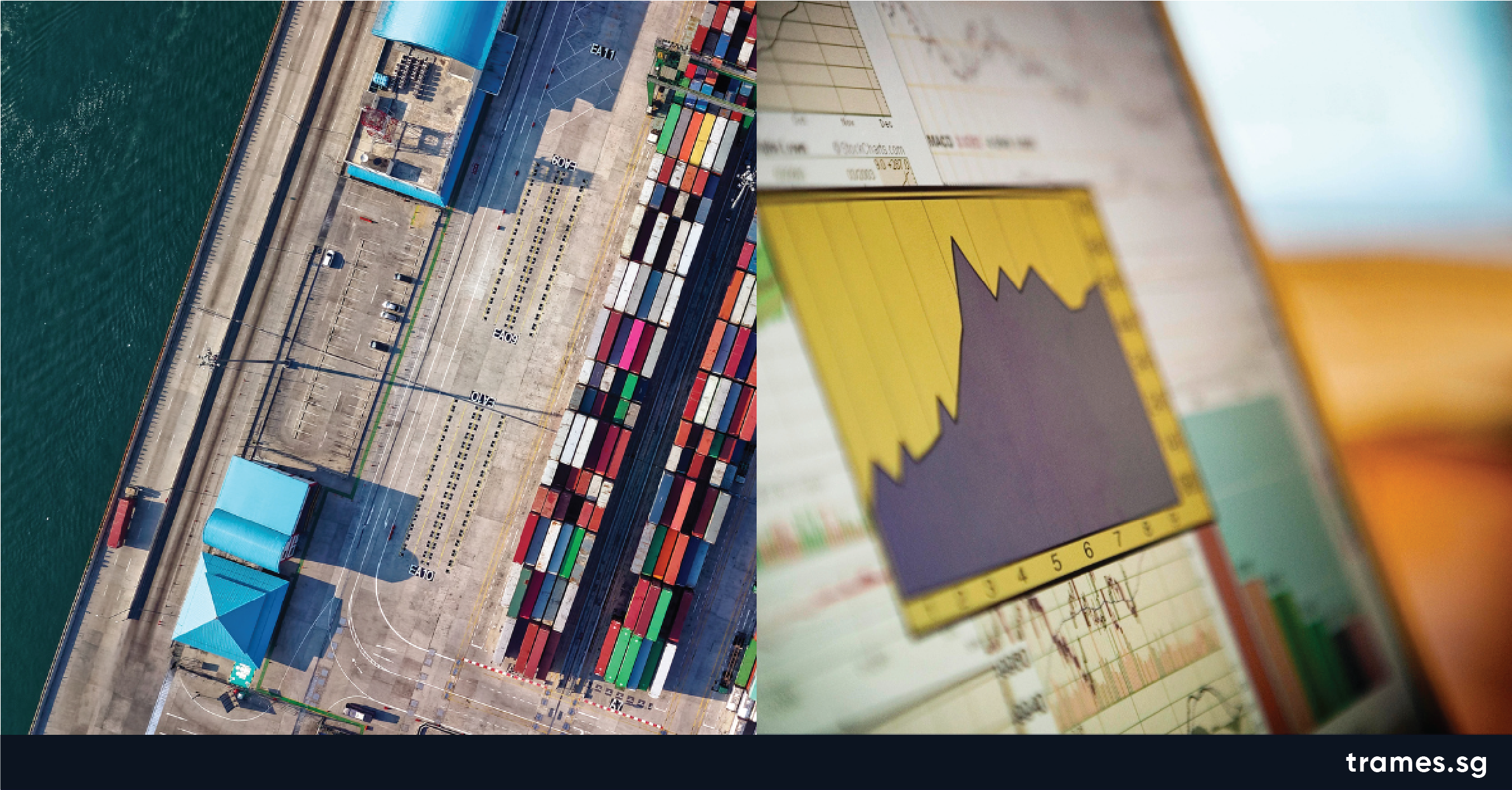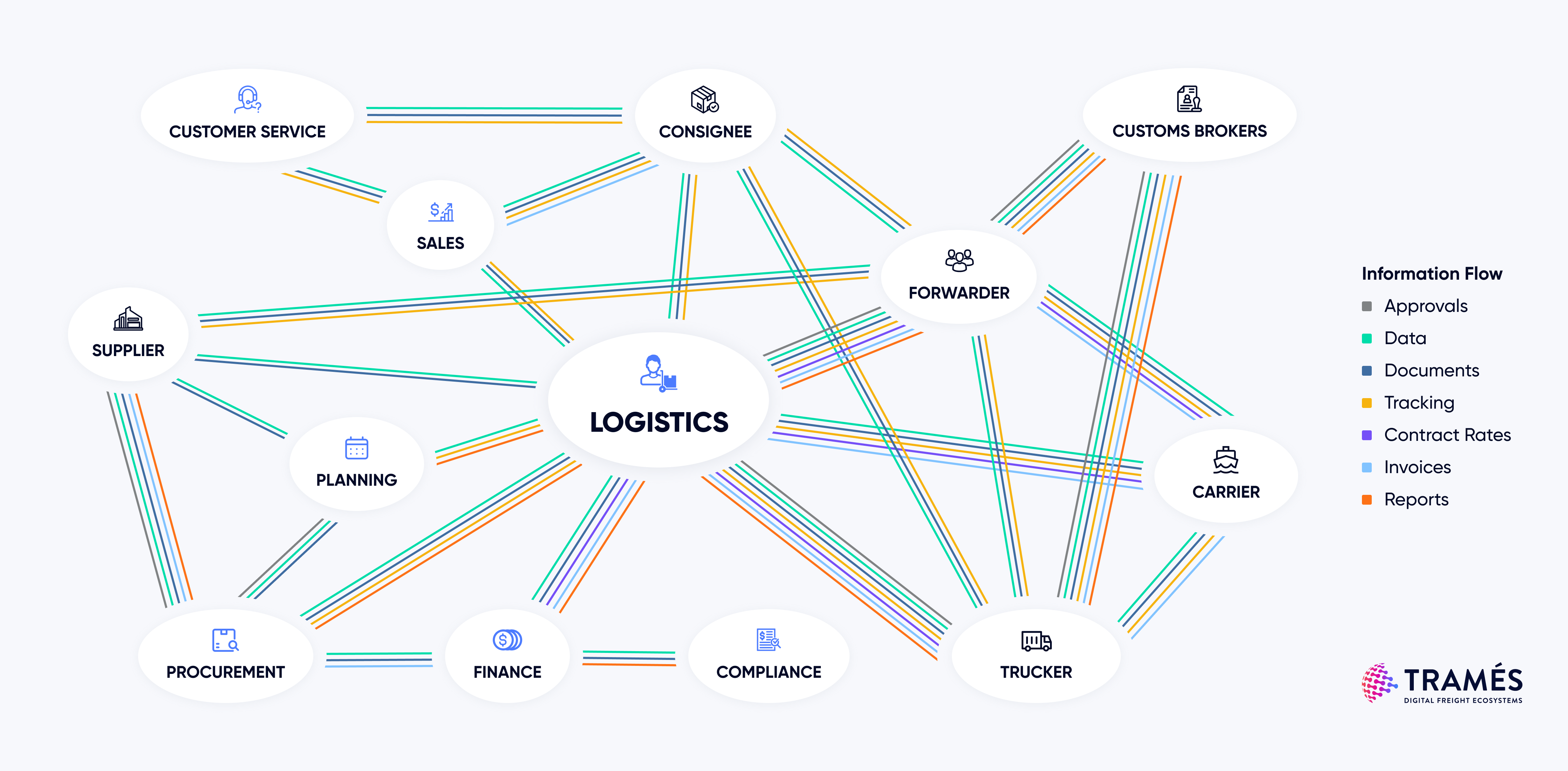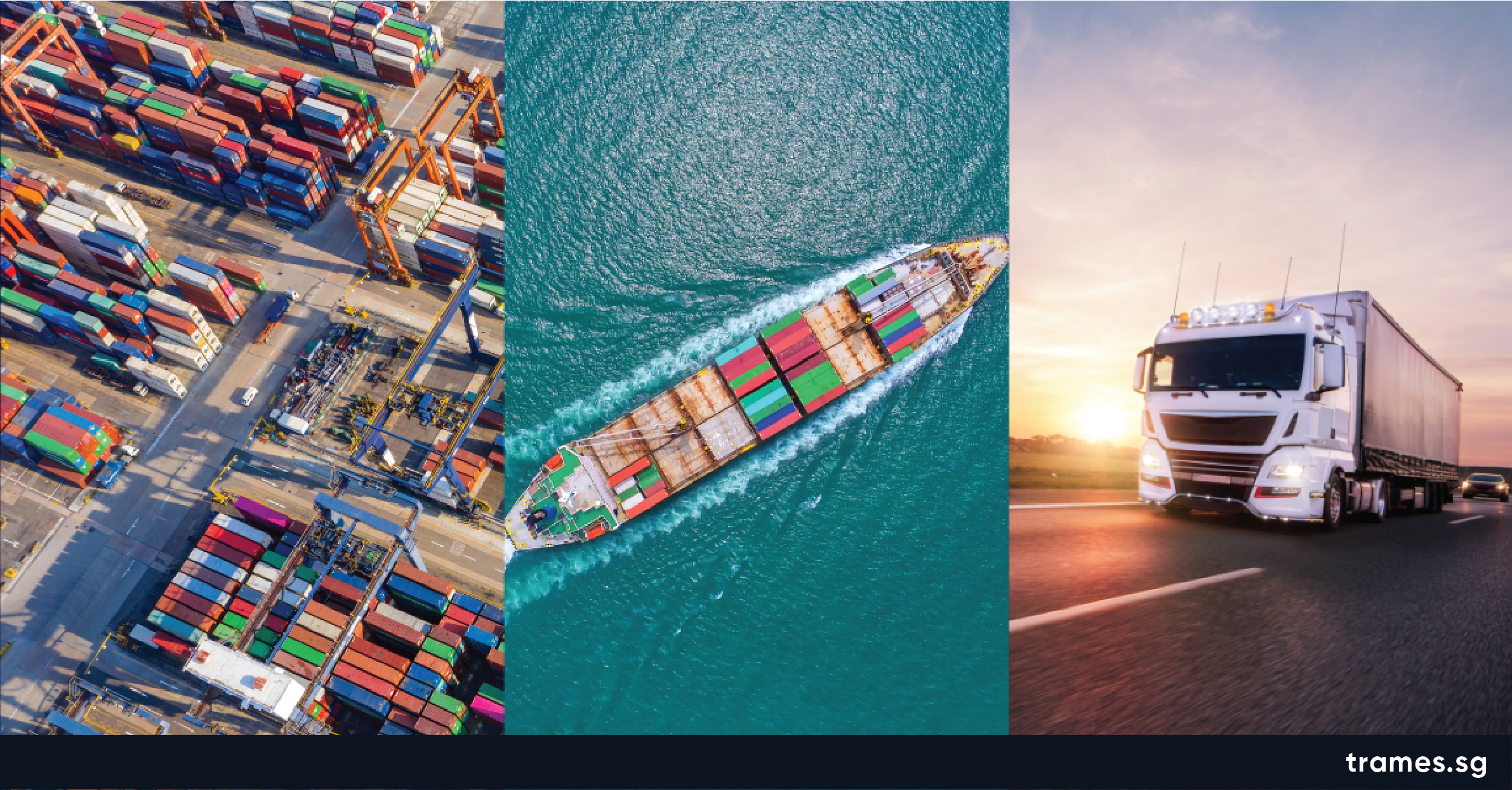Insights
Supply Chain Digitisation – Invest for a Secure Future

Although the COVID-19 crisis has shaken and disrupted global economies, the supply chain and logistics tech space have continued to see strong growth – more than 400 deals were inked in 2020, and deal activity is expected to continue growing at 12 per cent this year.
Given the uncertainty surrounding the pandemic, startups in robotic fulfilment, digital freight forwarding, return optimisation and predictive inventory forecasting are likely to witness growth.
Investors recognise the importance of digital transformation across global supply chains. In May 2020, Singapore’s Ninja Van – a tech-enabled last-mile logistics company providing services across Southeast Asia – raised US$279 million from investors, in what was one of the largest startup investments in Southeast Asia since the outbreak of the pandemic.
Over US$4 billion has been invested across Asia into the supply chain and logistics development funds over the past few months, clearly highlighting the enormous opportunity.
The pandemic has also brought to the fore the need to diversify supply chains. In the quest for self-reliance and business continuity, many are on the path to decouple their global supply chain arrangements or are reshoring manufacturing to their own countries. However, many others have been left in a quandary, exacerbated by their supply chains’ depth and complexity.
International supply chains have been significantly impacted due to the lockdowns, resulting in global demand and supply slumps. However, to ensure seamless continuity of goods flow, supply chains’ digitisation must bridge that gap and maintain this intricate balance.
Benefits of Digitisation
Interconnectivity across stakeholders is a core component to ensure that supply chains are global. This is especially important to mitigate subsequent disruptions in the face of more frequent shocks.
Most enterprises don’t have nearly as much visibility into their supply chains as is ideally required to address critical areas such as revenue and costs. Apart from improvements, digitisation also drives end-to-end transparency across the supply chain; in doing so, it generates valuable data to optimise and enable strategic decision making.
With the adoption of emerging technologies such as satellites, IoT devices, digital supply networks, artificial intelligence and machine learning, businesses can unlock more significant value to optimise supply chains.
The pandemic has only accelerated the push for digitisation in supply chains. Governments actively participate in this push by sharpening their focus on providing funding and incentives for startups in the supply chain and logistics sector. Before the pandemic struck, the Singapore government in 2017 set aside S$2.8 million for the Supply Chain & Logistics Innovation Playground initiative to help startups develop their capabilities in supply chain and logistics.
More recently, in response to COVID-19 disruptions, it announced an enhanced industry digital plan to train around 86,300 workers from the logistics sector for new roles. The program will also provide digital solutions for small and medium enterprises (SMEs) at different stages of their growth, and approximately 5,300 SMEs stand to benefit from it.
Similarly, across the region, we have seen scores of restaurants and even mom-and-pop-styled everyday convenience stores taking their businesses online to counter the curtailing of outdoor movement. Taking business online is only part of the puzzle. However, the equally important aspect is to ensure that the goods’ journey to the consumer is efficient, cost-effective and easy to manage – digitisation will be vital in achieving all of this.
The role of startups
Startups have played a significant role in driving innovation and digital transformation across the supply chain and logistics sector.
At Tramés, our goal as an end-to-end supply chain orchestration technology company is to create a streamlined and unified workflow for shippers and their logistics partners. With all stakeholders plugged into a digital platform, the ability to collaborate naturally increases, and doing so helps accelerate processes that are traditionally long and prone to error.
Taking an ecosystem-centric and inclusive approach to digitisation, the goal is to ensure that regardless of where a company is in terms of its digital prowess, it can transform its supply chain.
Due to current market conditions where negative sentiment is prevalent, startups face a greater chance of failure. Therefore, it is critical to creating a conducive environment so that startups can thrive. By integrating and embracing innovative startups, it will be possible to cultivate a culture of innovation to usher in a new age of supply chain digitisation solutions.
Looking to the future
Across the board, the pandemic has led companies of all sizes to engage in cost-cutting measures. While it is essential to maintain and balance costs in the current environment, it is also worthwhile to simultaneously have one eye on the future and develop a resilient supply chain ecosystem.
It is imperative to start investing in the digital supply chain infrastructure. Given the evolving nature of innovation in technologies, these investments need to be made on an ongoing basis.
Large companies need to invest in their innovation arms to fund research and development in this space and incubate ideas. Similarly, startups in this space also require adequate funding and collaboration opportunities to sufficiently push innovation boundaries. They are in many ways at the forefront of new developments in this space.
However, in this quest, startups alone can achieve little. Partnerships that involve the corporate sector and the government can go a long way in ensuring that startups continue innovating with consistent support and backing. When an entire industry, affiliated associations, the government and startups are on the same page to achieve a single goal of digitising supply chains of the future, the results can be tremendous and benefit all-pervasive. Only through an ecosystem-centric and inclusive approach will we realise the purpose of creating supply chains that are truly sustainable, resilient and profitable.



















